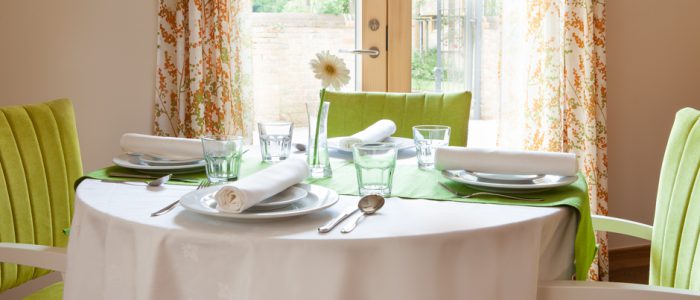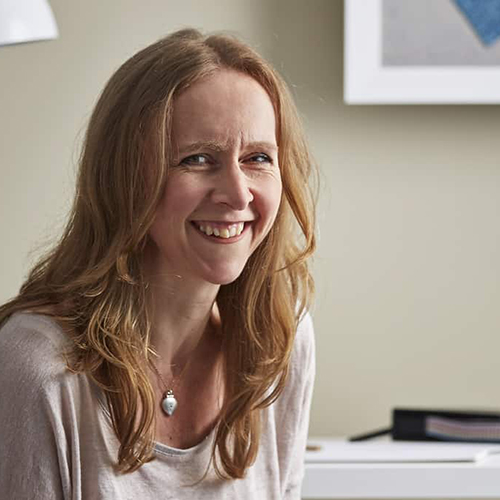Colour and Wellbeing
The idea that colour has a role to play in health and wellbeing is not new, though I would say that it’s not necessarily something that everyone agrees with. On a personal level I have always been conscious of how I feel in a space and once I started looking into the world of colour and understanding how different hues can influence someone’s mood and behaviour, it shed more light on why certain environments make me feel a certain way. Put simply, by studying Applied Colour Psychology, I now understand the science to back up what I had always felt, intuitively.
How human beings relate to colour is something I have studied under the expert guidance of Karen Haller and this knowledge has become an important part of my interior design tool kit. At the early stages of the design process when I am discuss function with my client, exploring the uses of the space and the needs of the users, I am listening out for what my client is telling me about how they wish to feel in the space or in the case of healthcare, how they wish their residents to feel and act. With this in mind I then apply the appropriate use of colour and importantly, the correct proportion of it in the context of the overall scheme, with a view to effecting a certain behaviour.
In spring 2018 we completed a new build care home project which involved moving residents from their existing care home, an old Victorian villa to a new light filled contemporary space. One of the key parts of the brief was that the design scheme had to encourage residents to use the communal areas as much a possible rather than have them stay in their bedrooms. The residents moved in to their new home last summer, joined by new members of the Fairfield community. Keen to see how they had settled in and how the various communal spaces were being used and how residents felt and behaved in them, we contacted the manager in January 2019, and the feedback was, well, heart-warming.
“In the new Fairfield people are a lot more eager to come out of their rooms and interact especially in the social hub. They are more active and get involved in more activities.”
“In the old home a lot of residents were eating meals in their rooms, now they are a lot more inclined to come out of their rooms and eat in the dining room.”
“As more people are eating in the dining rooms they are eating more, as you are likely to eat less when you are on your own. They are now enjoying meals and have a much improved appetite due to this.”
My job is to listen to my clients and work with them to deliver a scheme which supports their residents and care teams. For this project, to address the need to encourage residents to socialise more and eat together, we introduced orange to both the dining room and the café area as orange has been shown to encourage people to be more sociable and also to stimulate the appetite. Against a relatively neutral backdrop and combined with a fresh green, itself bright enough to be stimulating but retaining the restful and balanced psychological properties of green, the orange has definitely done its job. I absolutely believe that colour has a huge role to play in health and wellbeing and feedback like this makes my job so rewarding.



 As well as having written for regional magazines including
As well as having written for regional magazines including